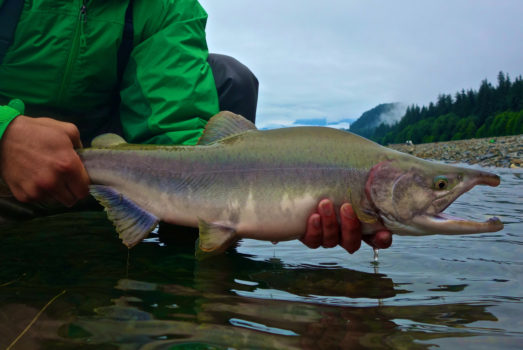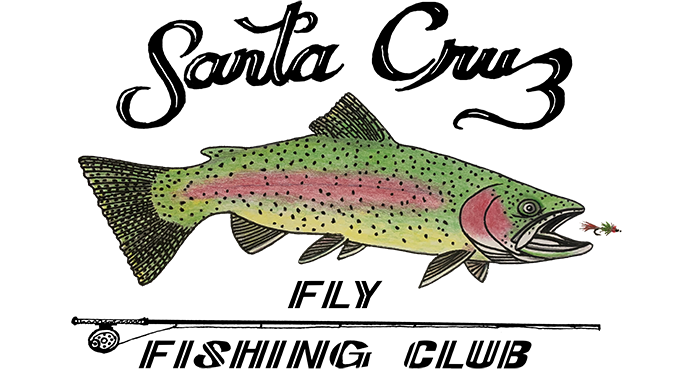
Before I delve into the subject of this article, I want to thank Steve (Stosh) Rudzinski for encouraging me to get involved in a more active role in SCFF as Conservation Director and to Tom Hogye and the board for welcoming me and their support. If any of you reading this have any input, questions about conservation as it pertains to the club or want to get involved, please contact me.
On the subject of fish handling to help them survive after release, I came across an organization devoted to that endeavor. I never heard of them but some of you members may have. The outfit is called Keep Fish Wet. I found out about them while visiting the FFI website. Reading some of the science-based tips on the website has me realizing I can do much better in the process of landing (or netting), photographing (if desired) and releasing fish under various conditions.
Here is a summary of the Tips found under Best Practices on the Keep Fish Wet website
Follow Local Regulations
Examples are some areas prohibit removing specific species of fish from the water and requirements to use barbless hooks.
Think Twice Before Going After Spawning Fish
One of the reasons given is that targeting and catching fish while spawning can disrupt and impact their lifecycle. This depends on the species of fish and spawning habits.
Be Wary of Warm Water
As water warms, the dissolved oxygen in it decreases. This causes the fish to get stressed quicker and take longer for them to recover. Some species are less resilient than others.
Use Barbless Hooks
Barbless hooks cause less damage to the fish’s mouth and are easier to remove. They are also much easier to remove from your body and clothing.
Use Artificial Baits
We fly fishers by nature adhere to this suggestion. This is the number one cause of fish mortality as they are more likely to swallow bait.
Use Rubber Nets
Rubber nets cause less damager to fish slime, scales, fins and gills. Hooks are less likely to get stuck in the net.
Limit Use of Lip Grippers
Lip grippers should only be used if there are no alternatives to controlling and handling fish (tiger fish, is an example). If it is used, never hold a fish vertically.
Carry Hook Removal Devices
Ideally this tool will help reduce the time it takes to release the fish with less damage. If the fish swallows the fly, cut the line instead of trying to remove the fly.
Limit Fight Time
Try to bring the fish to hand quickly without overplaying it. This will reduce stress on the fish.
Hold Fish In or Over Water
If held over land or a boat and if it slips out of your hand, that is obviously not good for the fish.
Grip Fish Carefully
Try to hold the fish gently without squeezing. Avoid placing you hand over the fish’s mouth and gills. Hold larger fish at the base of the tail and support the body close to the pelvic fins. Consider keeping very large fish in the water.
Photograph Wet Fish
This shows fish in their element which can make cool photos. Try to keep air exposure to ten seconds or less.
Only Revive Fish That Cannot Swim
If a fish can swim away on its own, let it do so. It will recover better. If the fish appears to have lost its equilibrium, submerge it and face it into the current. If you are in still water, move the gently to simulate swimming. See the website for other techniques specific to other fish like tuna.
Posted on October 18th, 2021
